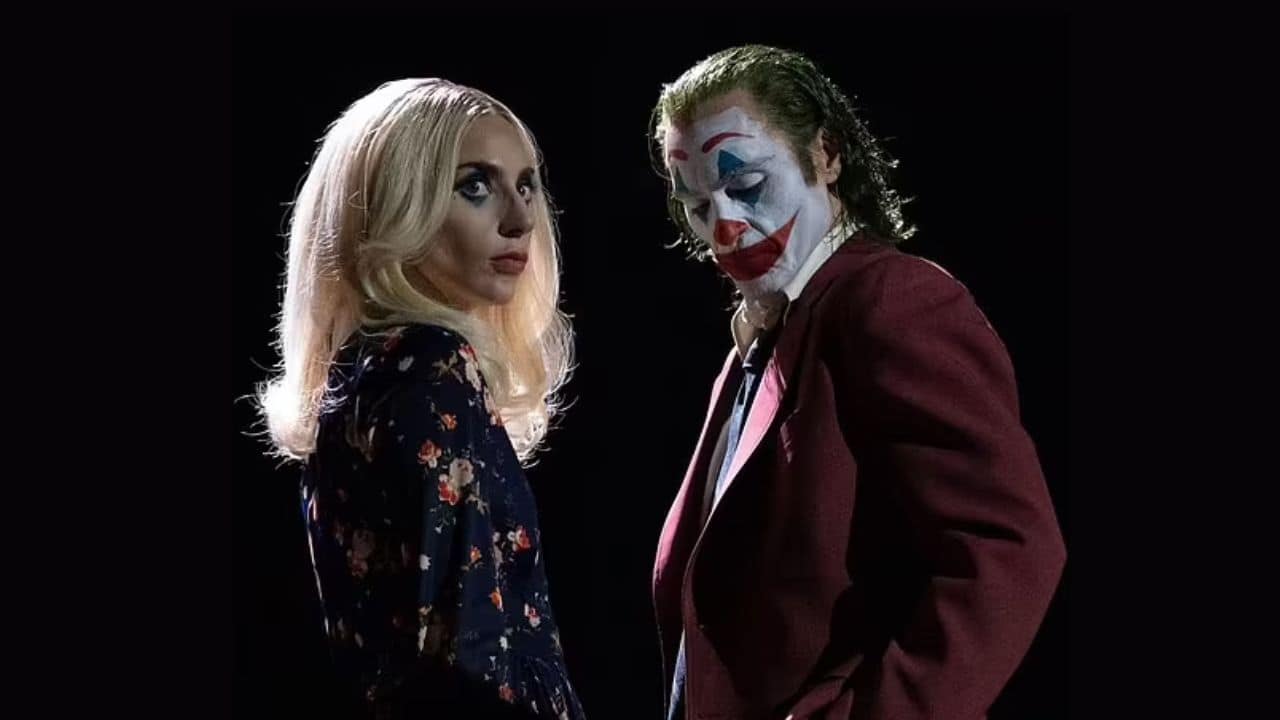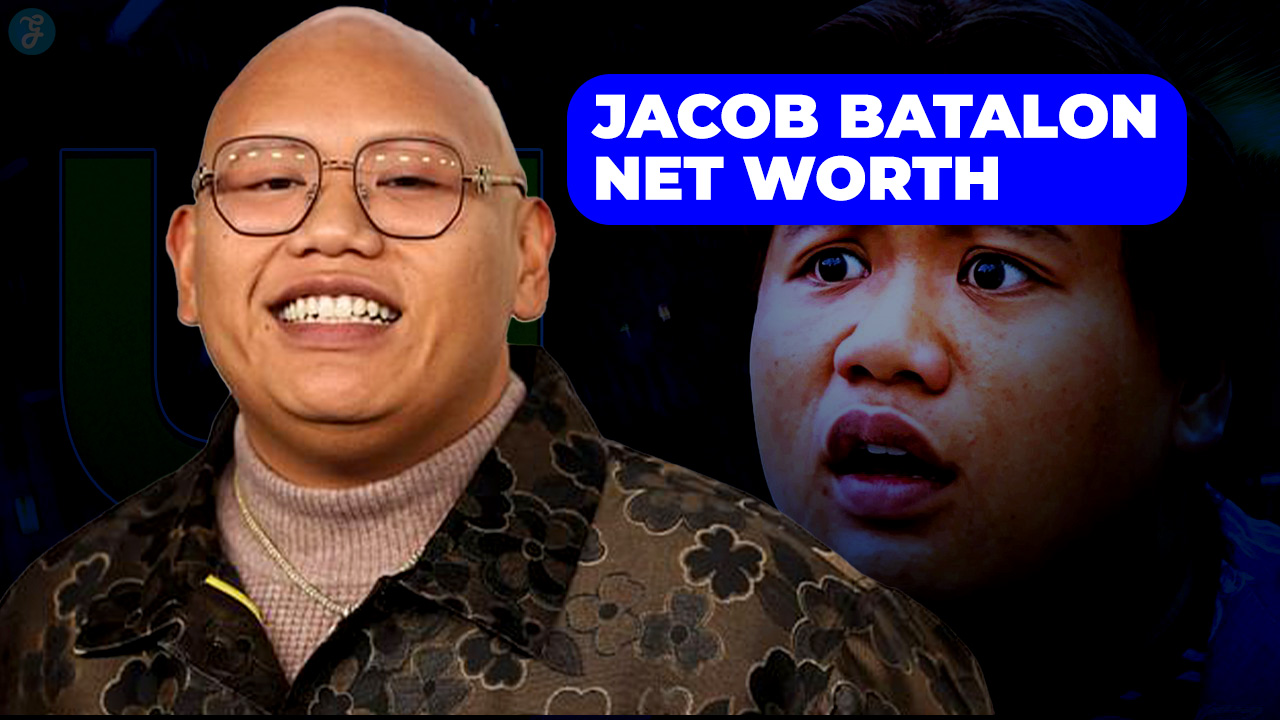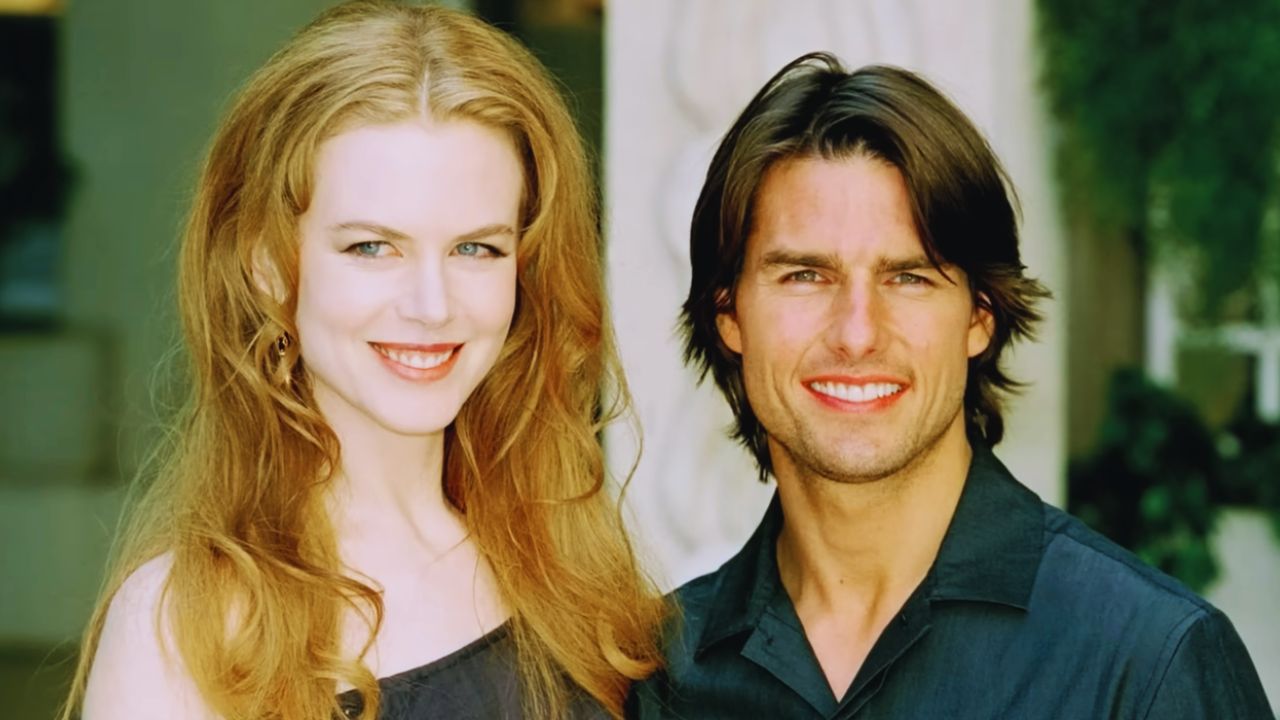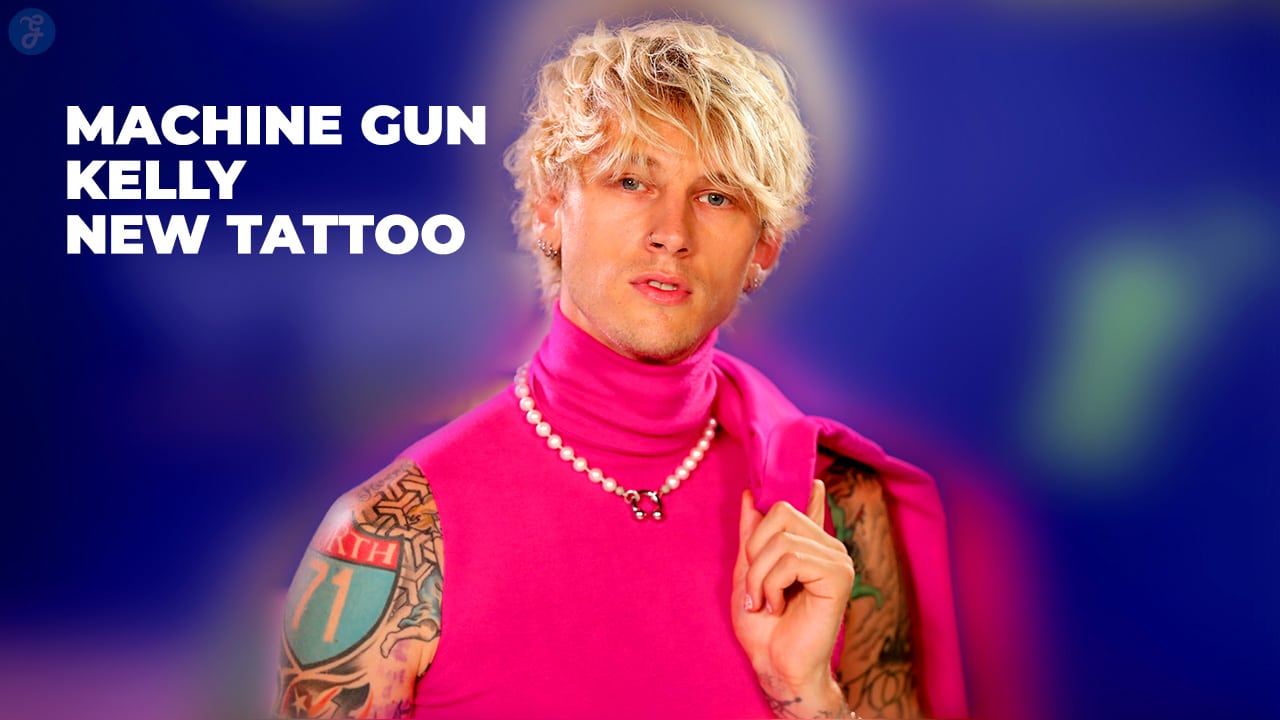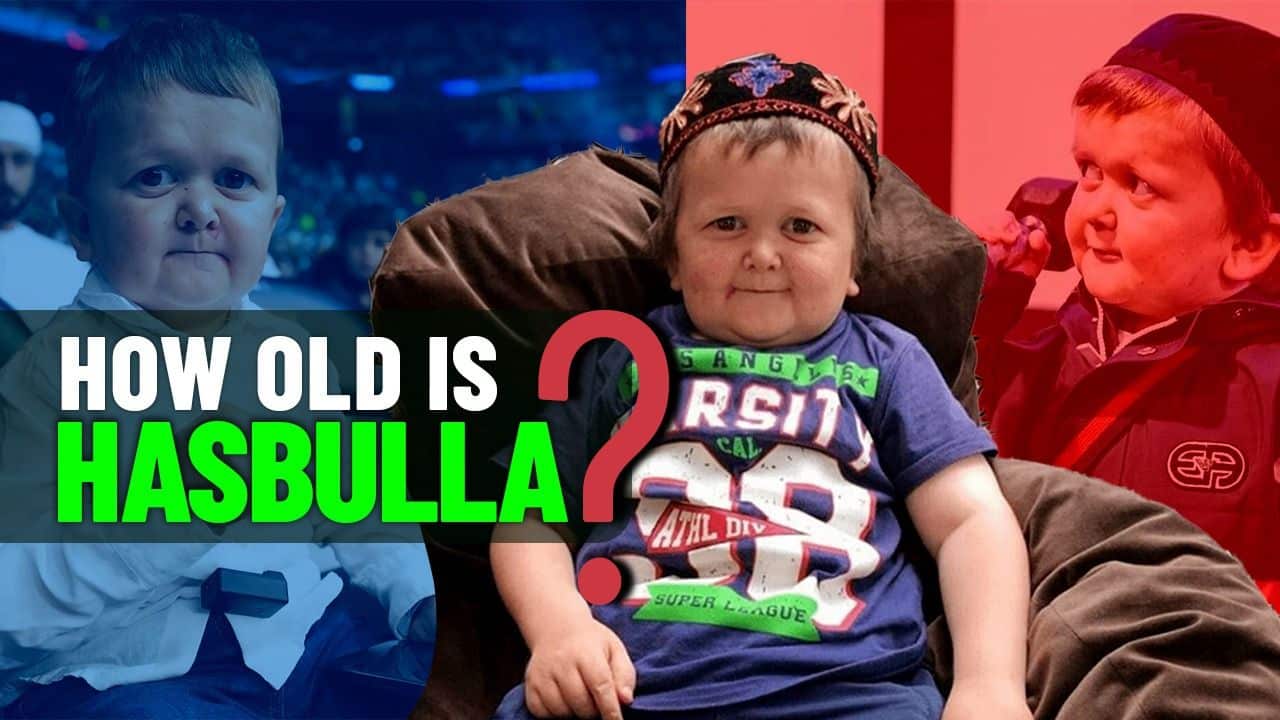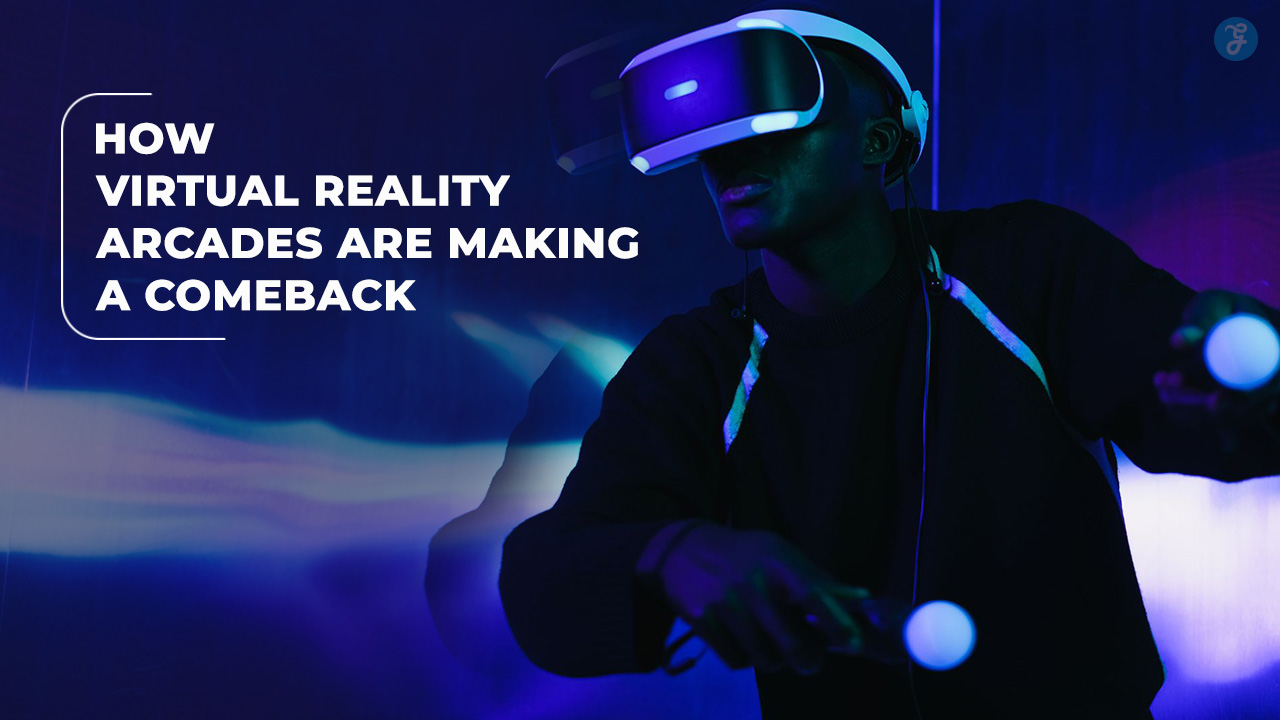When Todd Phillips’ highly anticipated “Joker: Folie à Deux” first appeared on tracking reports three weeks ago, industry forecasts painted a promising picture. Initial projections suggested an opening weekend of around $70 million for the Warner Bros. production. While this figure falls short of its predecessor’s debut by $26 million, it still represented a robust start for an R-rated sequel.
However, the landscape has shifted in recent weeks. Current estimates now place the opening weekend somewhere between $50 million and $60 million, a noticeable decline from earlier predictions. This downward trend has sparked discussions throughout the film industry, with analysts and insiders attempting to decipher the reasons behind this shift in expectations.
The Unique Nature of the Sequel
“Joker: Folie à Deux” distinguishes itself as a genre-defying follow-up to the 2019 hit. Unlike its predecessor, which drew comparisons to the gritty, character-driven works of Martin Scorsese, the sequel charts a markedly different course:
- Musical Elements: The film incorporates significant musical sequences, a departure from both the original “Joker” and traditional comic book adaptations.
- Pacing and Narrative Focus: Critics note a slower, more deliberate pace compared to the first film. The story delves deeper into the psychological landscapes of its main characters, prioritizing internal struggles over external conflicts.
- Visual Artistry: Early reviews consistently praise the film’s visual aesthetic, highlighting its cinematography, production design, and overall artistic vision.
- Performance-Driven: Both Joaquin Phoenix and Lady Gaga receive accolades for their portrayals, with their on-screen chemistry and individual performances drawing particular attention.
These elements combine to create a cinematic experience that defies easy categorization, potentially challenging audience expectations.
Critical Reception and Its Impact
The film’s world premiere at the Venice Film Festival garnered mixed reviews, a factor that may be influencing pre-release tracking and ticket sales. While critics universally laud the film’s technical achievements and performances, some express reservations about its narrative structure:
- David Rooney, chief film critic for The Hollywood Reporter, noted: “For a movie running two-and-a-quarter hours, Folie à Deux feels narratively a little thin and at times dull.” This sentiment, echoed by other reviewers, hints at a potential disconnect between the film’s artistic ambitions and mainstream audience expectations.
- The praise for the film’s craftsmanship and performances suggests strong potential for awards season recognition, particularly in technical and acting categories.
- The mixed critical response may be contributing to audience hesitation, especially among fans of the first film who might be unsure about the sequel’s new direction.
Global Release Strategy and International Expectations
Warner Bros. has opted for a near-global release strategy for “Joker: Folie à Deux.” The film will debut simultaneously in most major markets worldwide, with a few notable exceptions:
- Japan and China, two significant international box office territories, will see the film launch in the weeks following the initial global release.
- The studio projects an international opening weekend of $80 million to $85 million, a substantial figure that underscores the global appeal of the Joker character and the franchise’s established fan base.
This coordinated global release approach aims to capitalize on worldwide buzz and minimize the impact of potential spoilers or piracy.
The Return of Key Talent and New Additions
The sequel reunites several key players from the original film while introducing new talent to the mix:
- Todd Phillips returns to the director’s chair, bringing his distinct vision and storytelling style to the project.
- Joaquin Phoenix reprises his Oscar-winning role as Arthur Fleck/Joker. His return was not a given, as both he and Phillips were initially hesitant about creating a sequel.
- Lady Gaga joins the cast in a role inspired by Harley Quinn, the Joker’s longtime love interest in DC Comics lore. Her addition is seen as a strategic move to broaden the film’s appeal, particularly among female audiences.
The collaboration between Phoenix and Gaga has been a focal point of early buzz, with their on-screen dynamic expected to be a major draw for audiences.
The Creative Journey to “Folie à Deux”
The path to creating “Joker: Folie à Deux” was not straightforward. Following the unprecedented success of the first film, which grossed over $1 billion worldwide, Phillips and Phoenix found themselves at a creative crossroads:
- Initial Hesitation: Both the director and star were uncertain about returning to the world of Joker, wary of potentially diminishing the impact of the original film.
- Broadway Considerations: At one point, the duo contemplated adapting the concept for Broadway, exploring the possibility of a stage production rather than a film sequel.
- Eventual Commitment: The decision to move forward with a film sequel came after careful consideration and creative discussions, resulting in the unique approach seen in “Folie à Deux.”
This behind-the-scenes narrative adds an intriguing layer to the film’s development, highlighting the thoughtful approach taken by its creators.
Budget Considerations and Studio Support
The financial backing for “Joker: Folie à Deux” represents a significant vote of confidence from Warner Bros.:
- Original Budget: The 2019 “Joker” was produced on a relatively modest budget of $55 million, a figure that contributed to its exceptional profitability.
- Sequel Investment: For the follow-up, Warner Bros. allocated a net production budget between $190 million and $200 million, a substantial increase reflecting the studio’s faith in the project and its creative team.
- Justifying the Increase: The larger budget accommodates the film’s more ambitious scope, including elaborate musical sequences, enhanced production values, and the addition of high-profile talent like Lady Gaga.
This financial commitment underscores the studio’s belief in the franchise’s potential and its willingness to support Phillips’ creative vision.
The Musical Element and Marketing Challenges
One of the most intriguing aspects of “Joker: Folie à Deux” is its incorporation of musical elements, a choice that presents unique marketing challenges:
- Selective Musical Focus: Unlike traditional musicals where multiple characters sing, the film primarily features musical performances by the two lead characters.
- Marketing Strategy: Warner Bros. has taken a cautious approach in promoting the film’s musical aspects, likely to avoid alienating fans of the first film or causing confusion about the sequel’s genre.
- Industry Parallels: This marketing strategy mirrors recent approaches taken with other films that incorporate musical elements, such as “Wonka” and the recent adaptation of “Mean Girls.
- Audience Expectations: The studio faces the challenge of preparing audiences for a different cinematic experience while maintaining the dark, psychological elements that made the first film successful.
This delicate balance in marketing reflects the unique position of “Joker: Folie à Deux” as a genre-blending sequel to a highly successful and distinctively styled original film.
Director’s Perspective and Artistic Vision
Todd Phillips has been forthright about the unconventional nature of “Joker: Folie à Deux.” At the Los Angeles premiere, he addressed the film’s departure from traditional sequel expectations:
- Acknowledgment of Risk: Phillips thanked Warner Bros. for “taking such a bold swing,” recognizing the studio’s willingness to support a non-traditional approach to a comic book movie sequel.
- Managing Expectations: The director openly stated that the film “is not necessarily the sequel you might expect,” preparing audiences for a different experience from the first “Joker.”
- Artistic Integrity: Phillips’ comments suggest a commitment to creative vision over commercial considerations, potentially setting “Folie à Deux” apart in an industry often driven by formulaic sequels.
This transparency about the film’s unique approach may help set appropriate expectations for audiences, potentially mitigating some of the confusion or disappointment that could arise from misaligned expectations.
In conclusion, “Joker: Folie à Deux” represents a bold artistic gamble in the realm of comic book adaptations and sequels. Its blend of psychological drama, musical elements, and star power creates a unique cinematic proposition. While initial box office projections have softened, the film’s artistic merits and the pedigree of its cast and crew position it as a potential awards contender and a topic of significant discussion in the film industry. As its release approaches, all eyes will be on how this unconventional sequel performs both critically and commercially, potentially reshaping expectations for what a comic book movie can be.
The Information is Collected from MSN and Yahoo.


